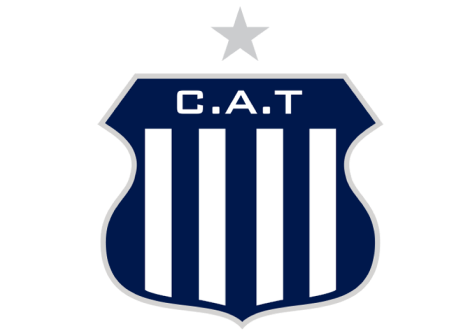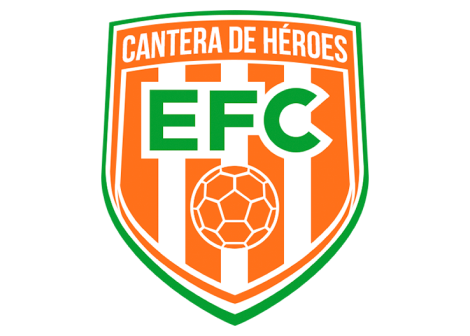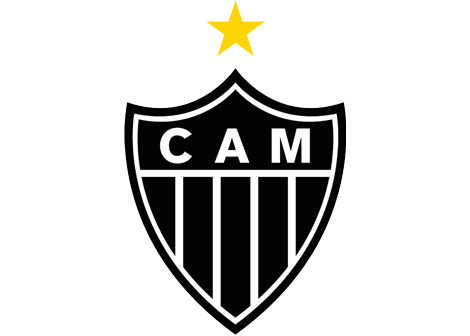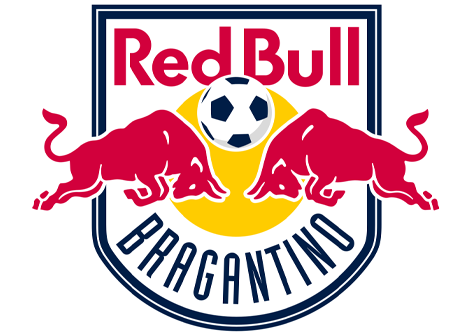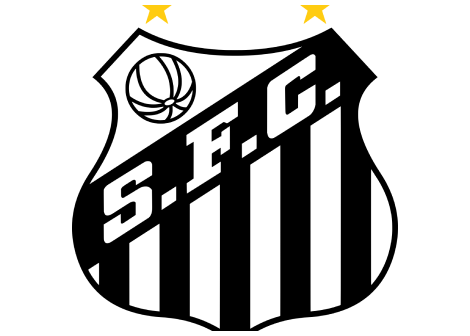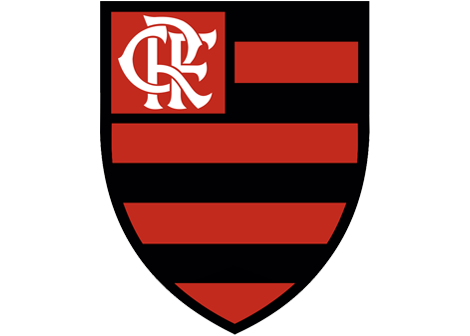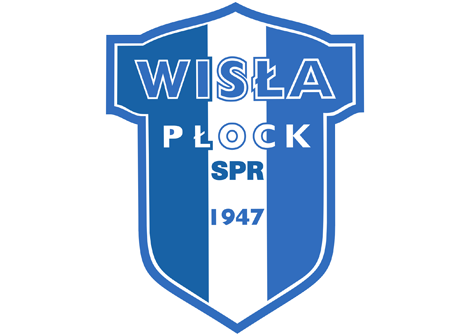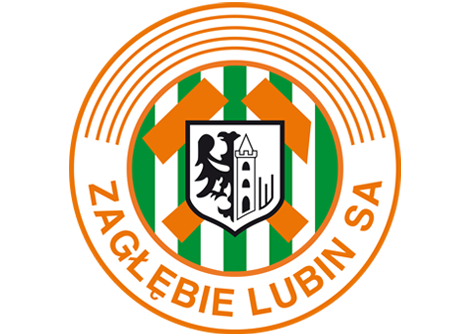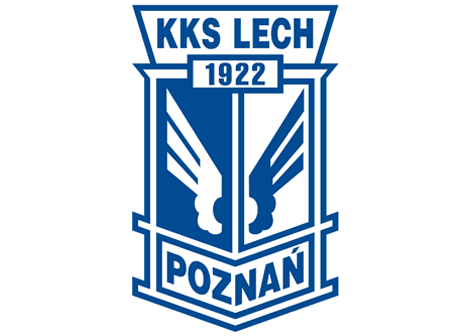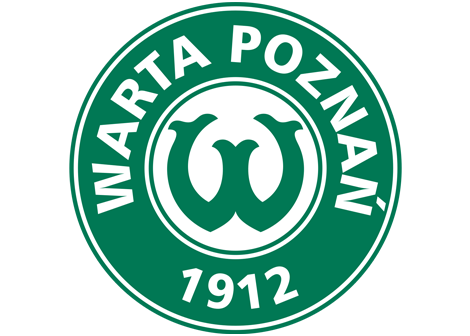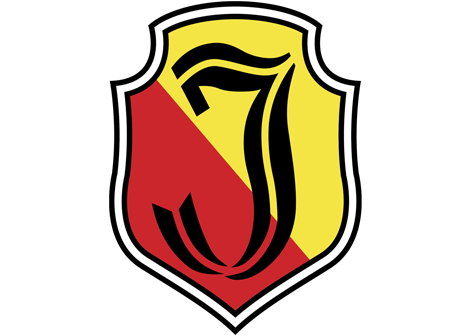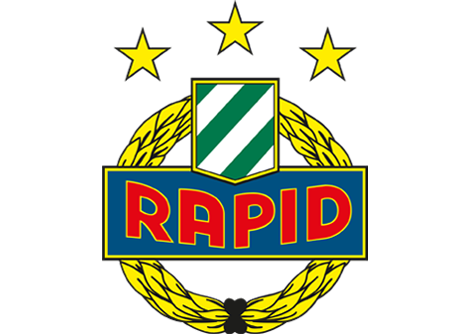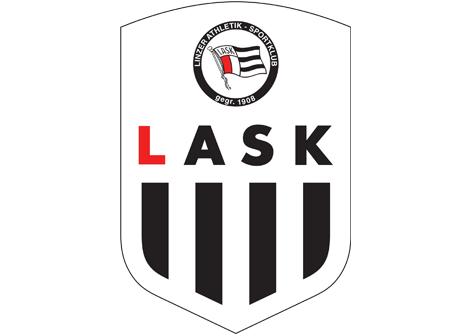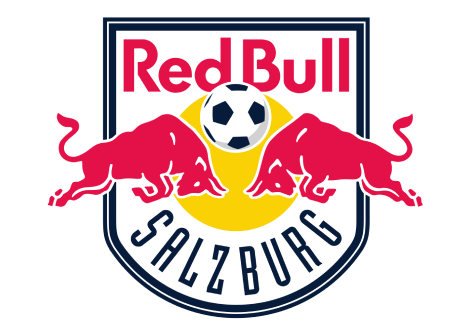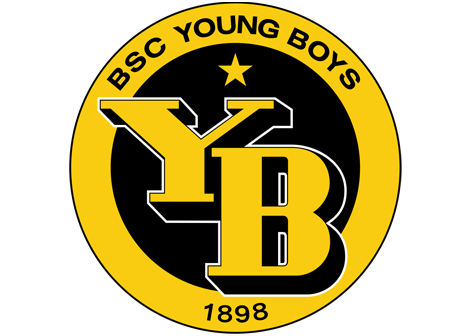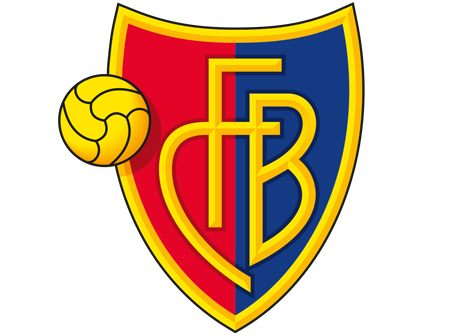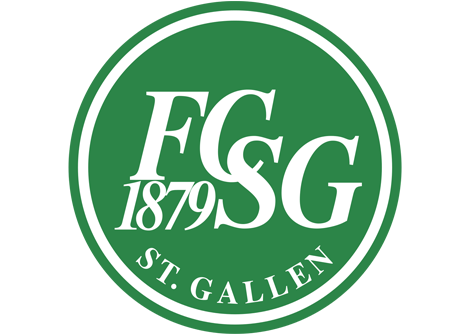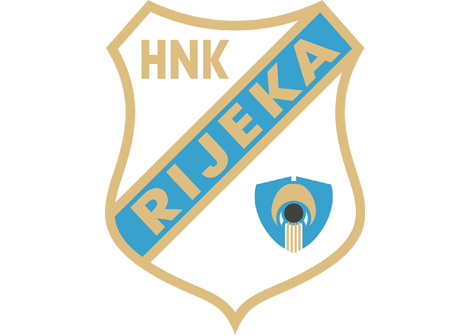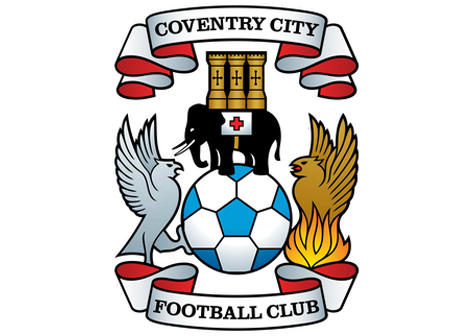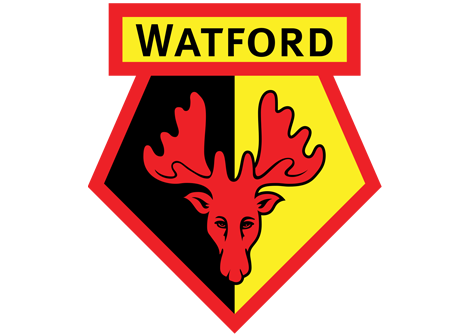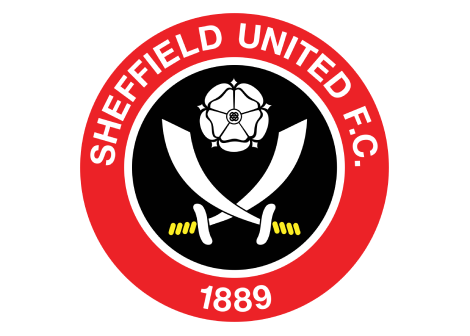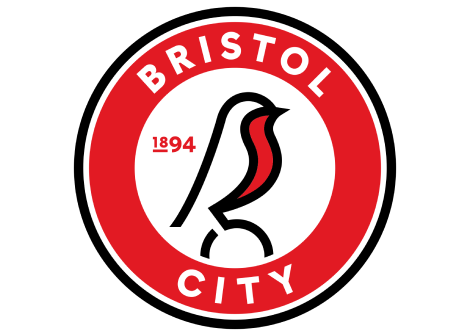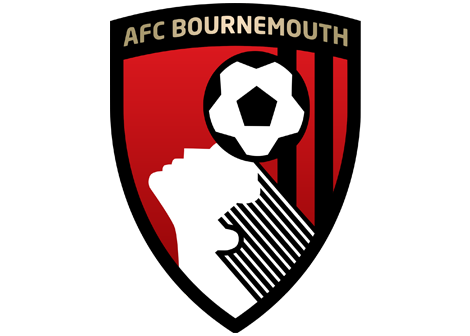Salary caps, foreign player spots and knowing which club has priority access to which player: everything you need to be aware of when doing business with Major League Soccer.
When pitching, be mindful of which clubs have the ownership to afford expensive Designated Players. TransferRoom’s Financial Insights feature helps clubs gain a greater insight into a club’s historical buying trends.
Conducting transfer business with clubs in MLS can be complex. Here TransferRoom has detailed 9 key things that overseas clubs should be aware of when pitching their players to the league.
- What’s their budget?
Can the club you’re pitching to actually afford to pay the player? The Salary Budget is capped at $4.9m per club, with a maximum of $612,500 per player. In addition, clubs have $1.625m in General Allocation Money (GAM) and $2.8m in Targeted Allocation Money (TAM) that may be spent above the $4.9m.
- Who has space for a higher-earning player?
Every MLS club is allowed up to three Designated Players (DPs), such as Portland Timbers' landmark signing of Evander from FC Midtjylland (pictured), whose transfer fees are excluded from the annual salary budget. The first $612,500 of their annual salary falls within the club’s salary budget.
When pitching, be mindful of which clubs have the ownership to afford expensive DPs. TransferRoom’s Financial Insights feature helps clubs gain a greater insight into a club’s historical buying trends.
And remember, on the whole, MLS clubs tend to reserve DP slots for attacking players, although that’s not always the case, as FC Cincinnati showed with the signing of defensive midfielder Obinna Nwobodo.
- Incentives to buy young
A Designated Player aged 23 and under carries the ‘Young Designated Player’ tag. This provides an incentive for teams to invest in younger players, which should eventually result in big-money sales abroad, thus increasing international recognition for the league.
The Young DP slots are not separate to the DP slots above - so there are three available in total.
For those aged 20 and under, the maximum salary budget charge is $150,000. For those between 21 and 23, the charge is $200,000.
The Under-22 Initiative allows MLS clubs to sign up to three young players, aged 22 and younger, to lucrative contracts at a reduced budget charge.
U22 Initiative players hit the salary cap for what’s called a “salary budget charge” at only $150,000 for 20-year-olds or younger and $200,000 for players aged from 21 to 23.
However, the salary of an U22 Initiative Player cannot exceed the maximum budget charge of $612,500. If it does, then they are assigned a Young DP slot.
- Foreign slots
A total of 224 international roster slots are divided among the 28 clubs. If the international player is a member of an MLS academy in the year before he turns 16, he will count as a domestic player and will not take an international roster slot.
- No bidding wars for talent
Clubs may sign or scout ‘Discovery Players.’ These are usually foreign players in foreign leagues. To obtain the rights to a Discovery Player, a club must first place the player on its Discovery List by filing a claim to the player with the league office.
If a club wants to sign a player on the Discovery List of another club, it may offer $50,000 in GAM in exchange for the right to sign the player. The club with the player on its Discovery List will then have five days (or three days during the Secondary Transfer Window) to either accept the money and give up the right to sign the player or make the player a genuine, objectively reasonable offer.
- Squad limits
Every MLS team can have up to 30 squad players, split into three tiers based on the salary cap system. Roster slots 1-20 are known as the ‘Senior Roster’ as their salaries count towards the team’s annual budget ($4.9m).
- Homegrown rights
If a player has been in an MLS academy, his homegrown rights belong to that team. They get the right of first refusal if leaving a club to return to MLS. An MLS club has to pay $50,000 for the transfer of homegrown rights.
- Know your target
One size does not fit all in MLS. Some clubs, like Philadelphia Union, are particularly well-known for their youth development and bringing players through the academy, while Atlanta United, for example, have found great success scouting South and Central America. Understanding the recruitment philosophy of MLS teams will help selling clubs find success. Again TransferRoom’s Financial Insights feature will showcase a club’s historical buying trends.
- Window opening
MLS has two transfer windows, with the 2023 Secondary Transfer Window running from 5 July to 2 August.
Get on the platform now to pitch your players to MLS clubs.
All 29 MLS clubs are on TransferRoom following a ground-breaking league agreement.
Trusted by decision makers from 800+ clubs worldwide
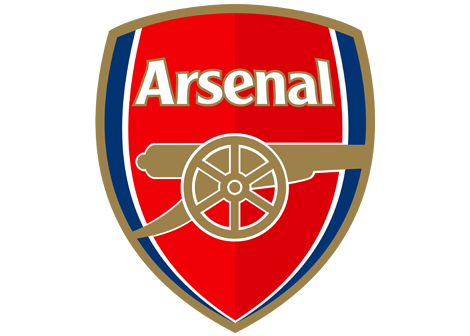
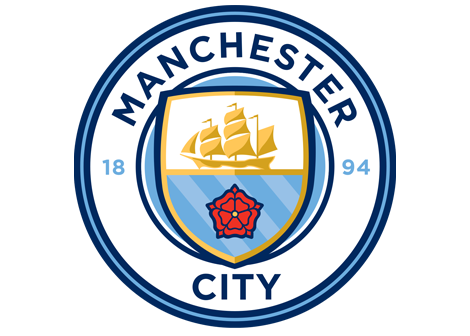
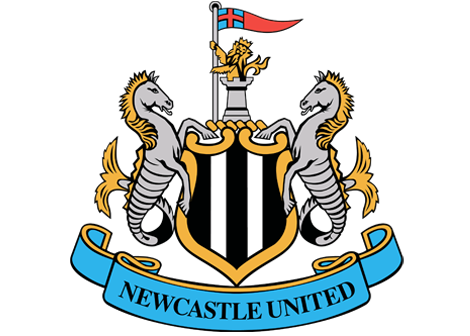

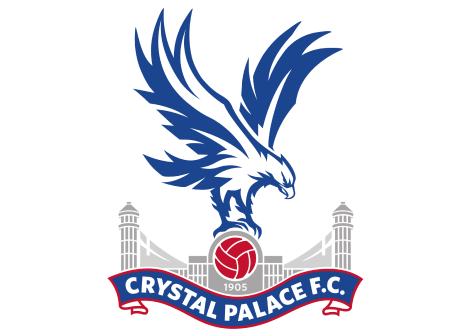
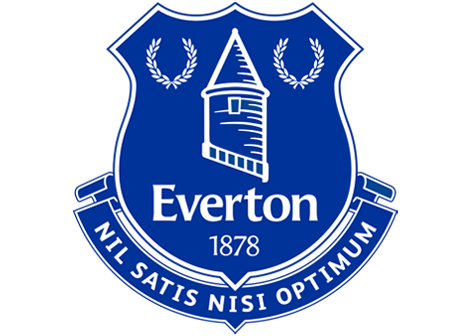

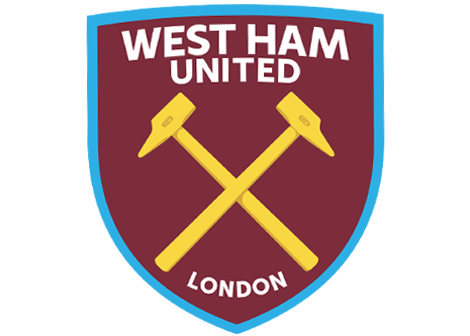



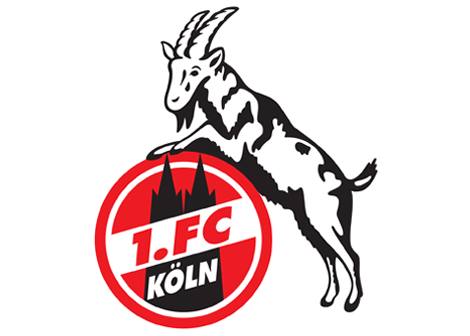



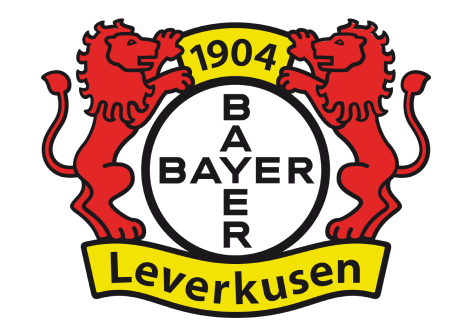
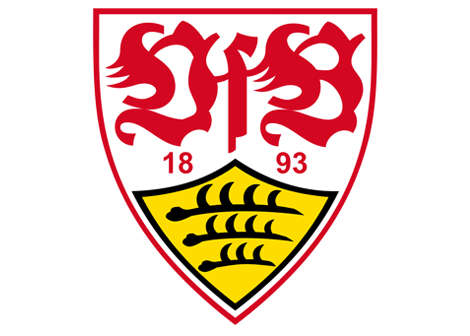
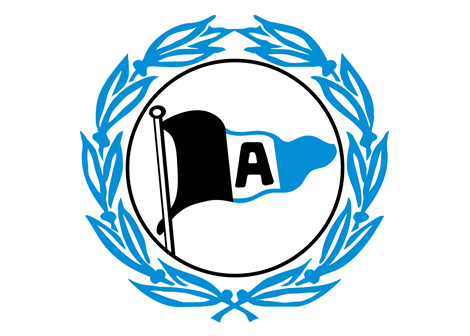
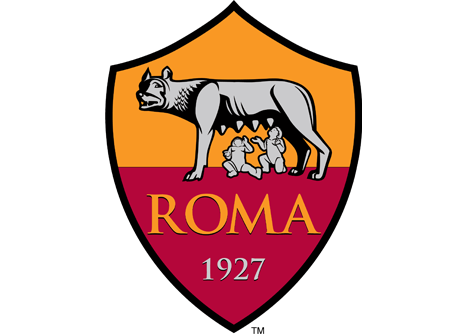




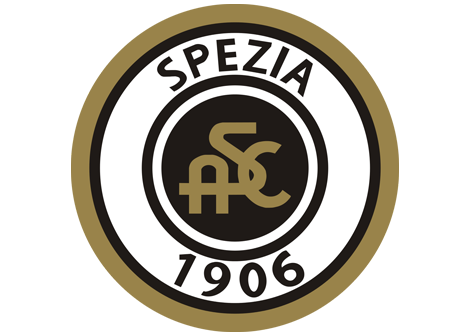

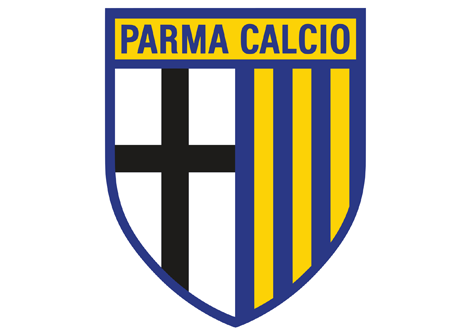
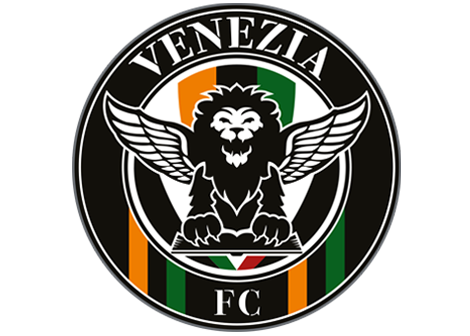
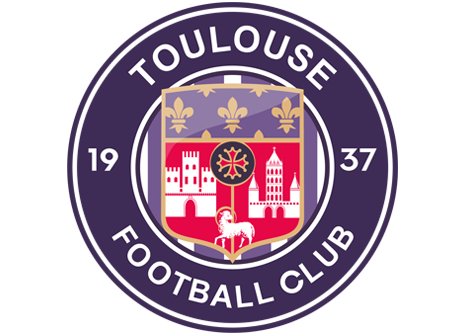

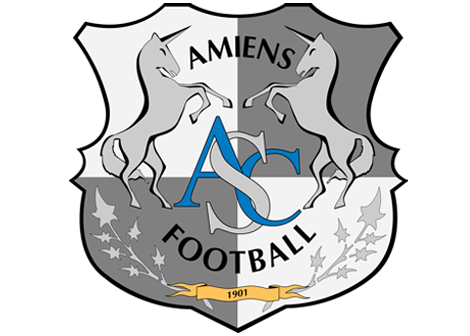
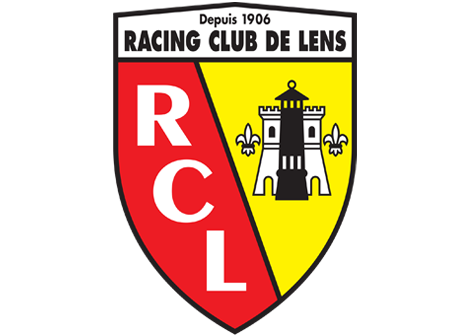


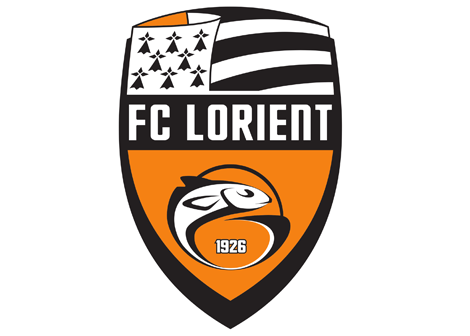
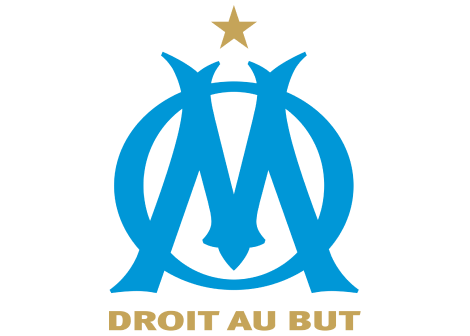
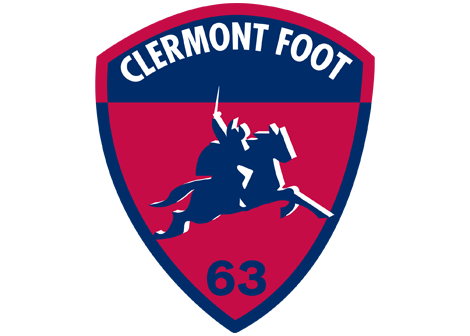



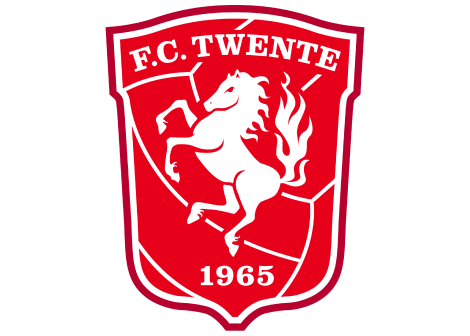
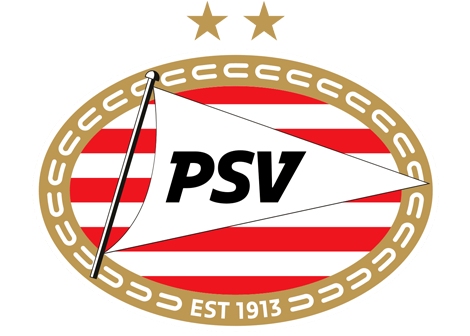
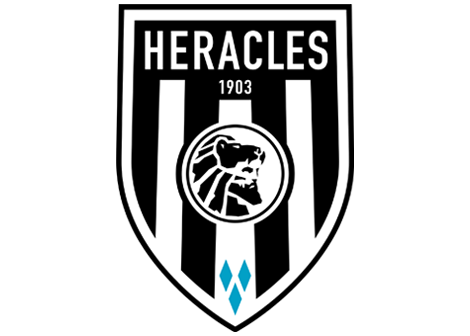
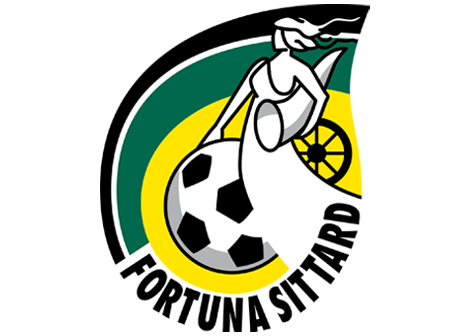

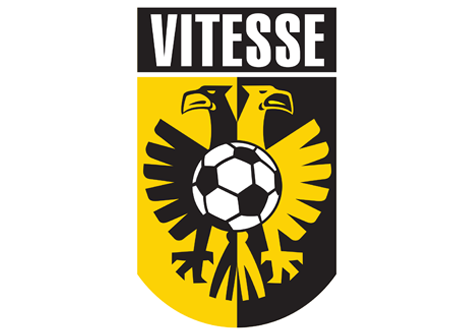
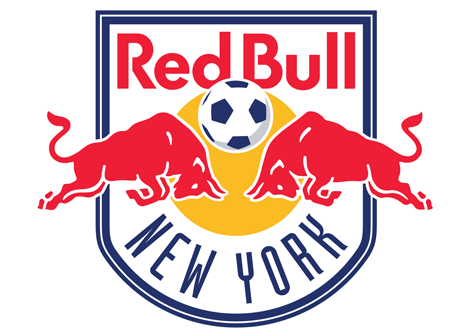

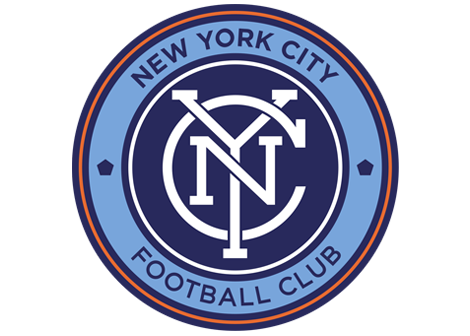
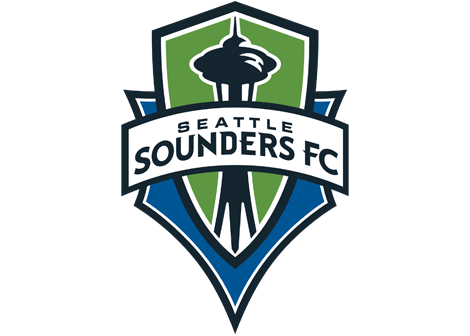

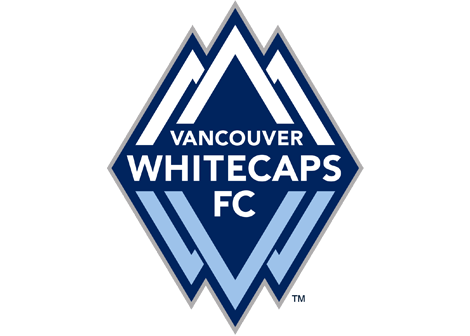
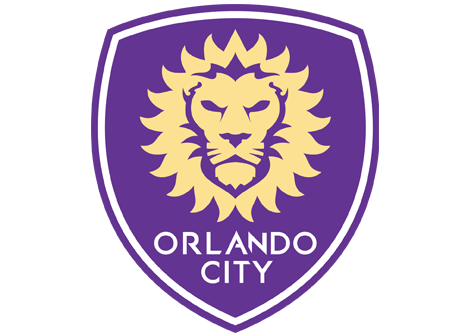


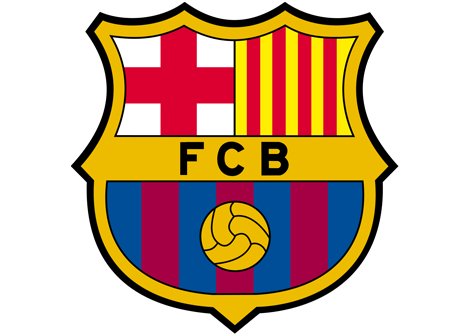
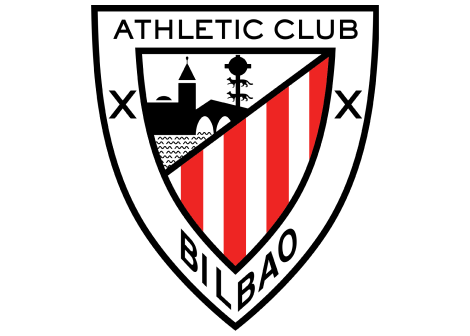
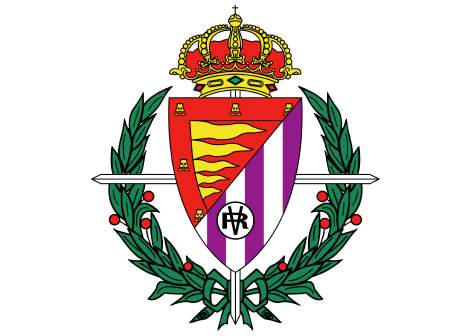
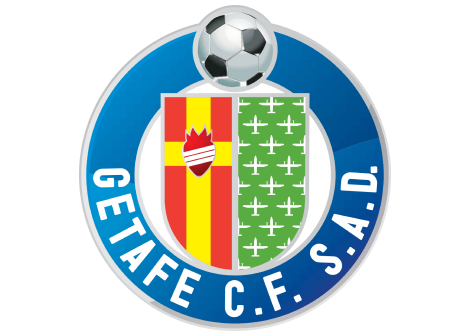
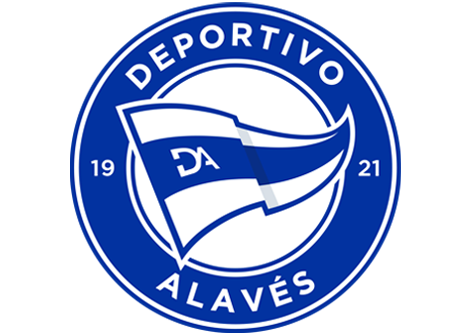
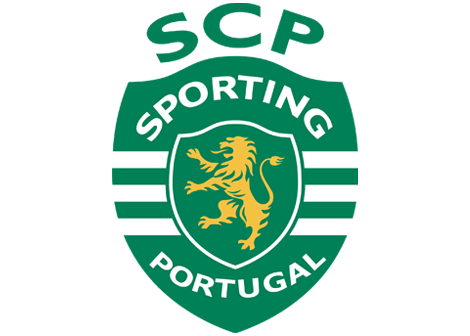
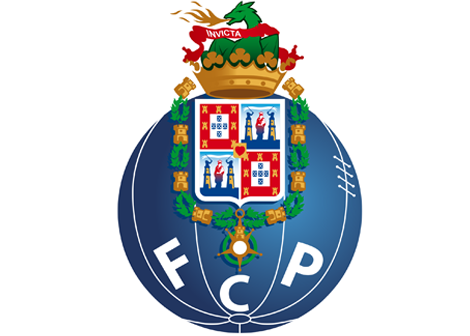
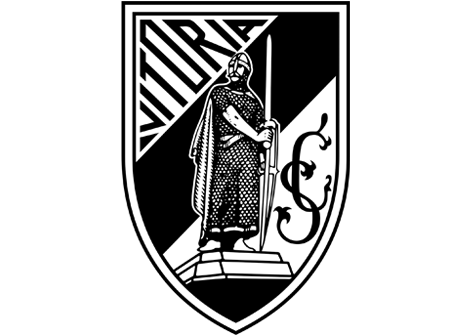

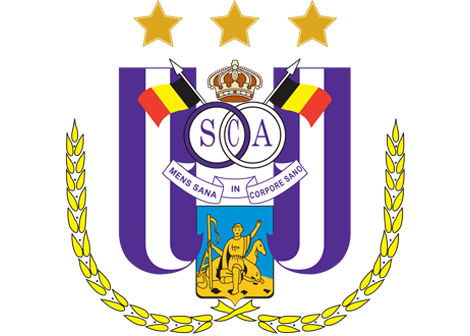
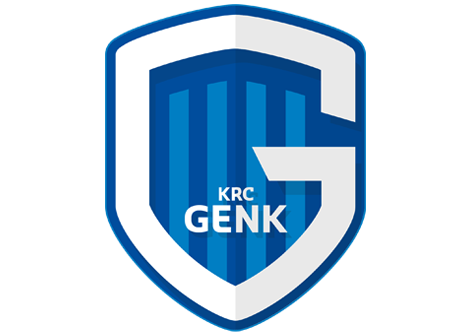


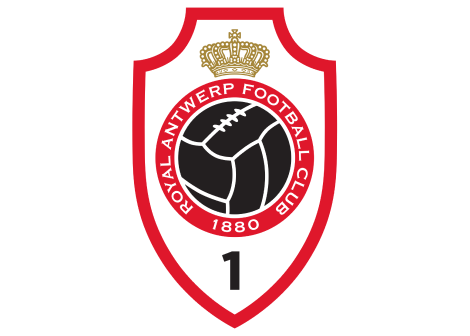

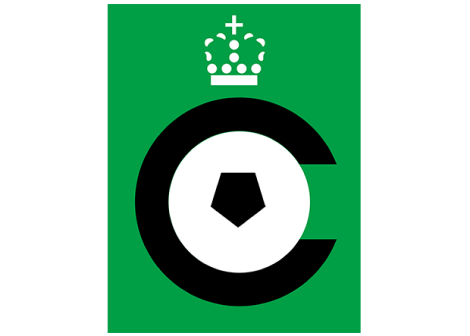
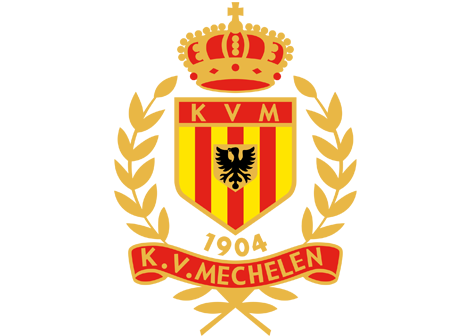
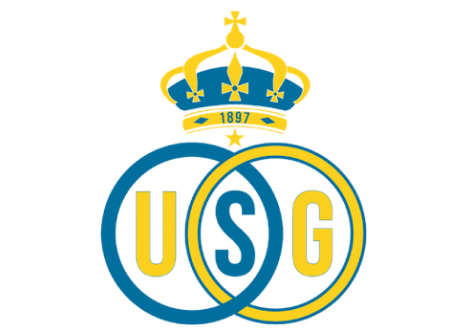
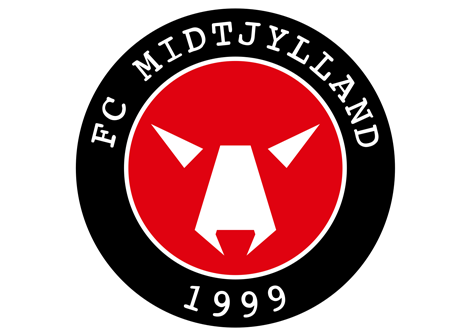
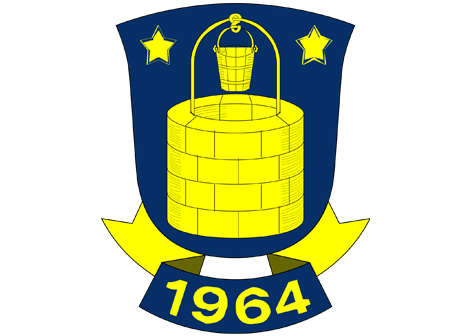

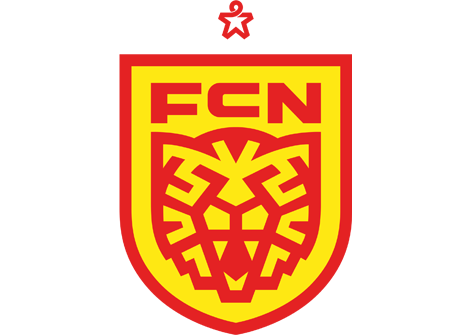
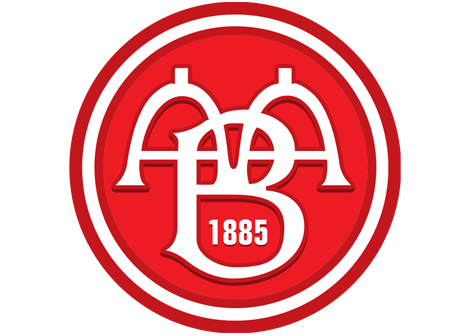


/SWEDEN/Malm%C3%B6%20FF.png)

